How Drone Services Revolutionise Solar Panel Inspections
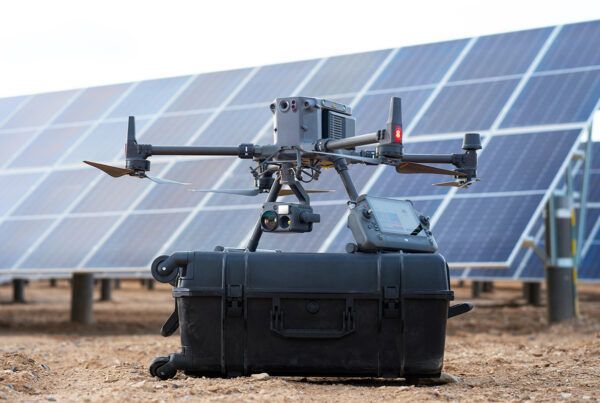
Embracing innovation in the realm of solar panel inspections, drone services have emerged as a game-changer in the industry. By elevating thermal inspections to new heights, utilizing cutting-edge technology to provide efficient and comprehensive assessments, drone service providers offer a revolutionary approach that surpasses traditional manual methods.
For solar installers, developers, asset owners, and maintenance companies seeking to optimize their operations and enhance the performance of solar panels, the advantages of drone thermal inspections are undeniable.
In this compelling piece, we will delve into the transformative impact of drone services on solar panel inspections, highlighting the unparalleled benefits and advancements that propel this innovative solution above the rest.
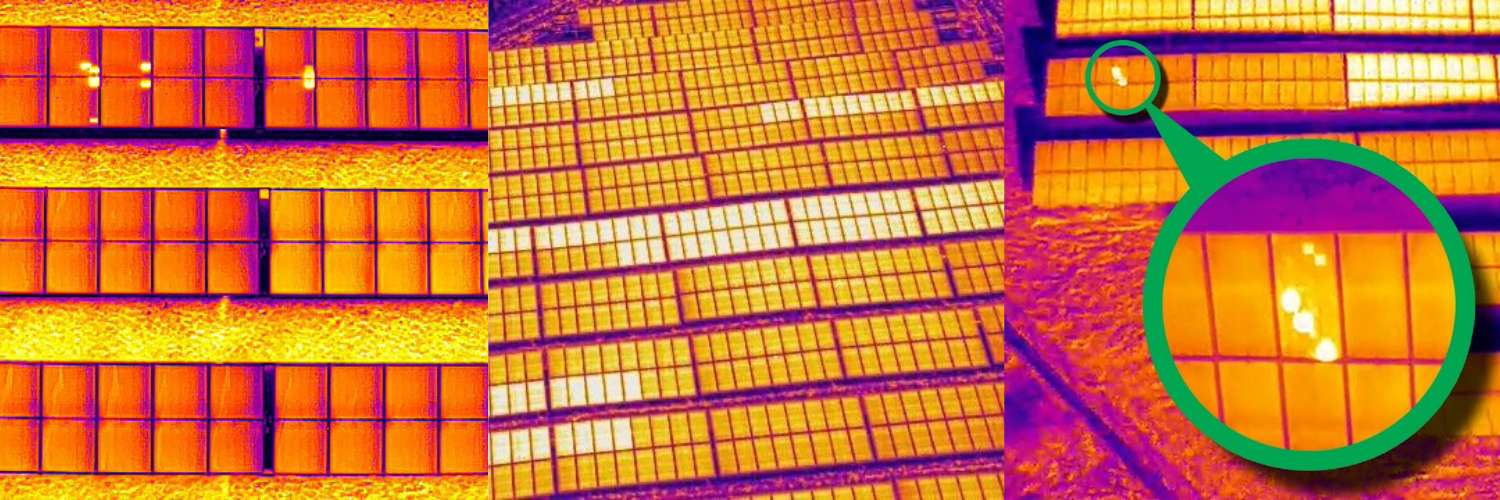
The Power of Aerial Precision
Drones bring a new level of precision to solar panel inspections that manual methods simply cannot match. Equipped with advanced thermal imaging technology, drones can capture detailed and accurate data on the condition of each panel. This aerial vantage point allows for comprehensive scans, identifying issues such as micro-cracks, hotspots, and connection faults with pinpoint accuracy.
As a result, maintenance teams can address problems more efficiently, reducing downtime and optimizing the performance of solar installations. Additionally, the data collected by drones can be stored and analyzed over time, providing valuable insights into the long-term health and efficiency of the solar panels. Transitioning to drone-based inspections not only enhances the accuracy of inspections but also contributes to more effective maintenance strategies, ensuring that solar assets operate at peak efficiency.
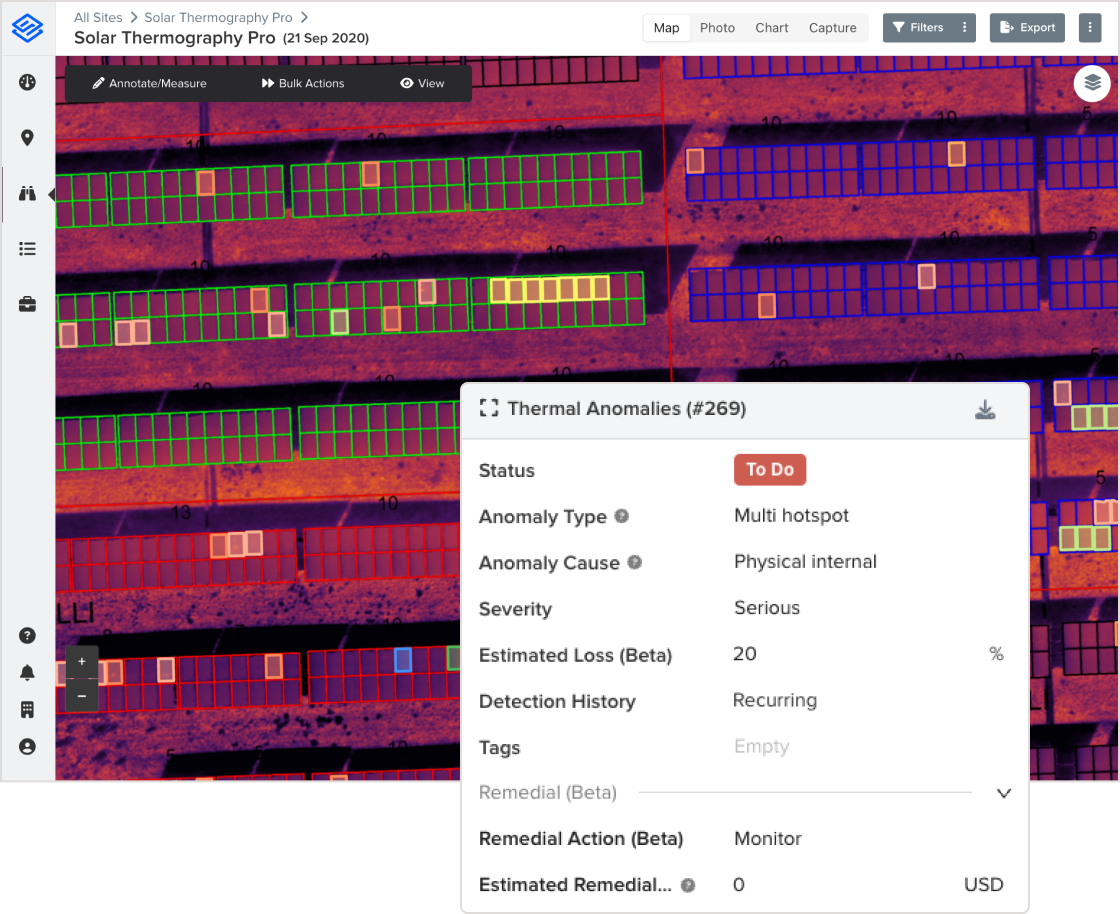
Boosting Efficiency Sky-High
Drone services significantly enhance the efficiency of solar panel inspections. Traditional methods often require extensive manual labor and time-consuming checks, which can disrupt operations and lead to prolonged downtimes. In contrast, drones can cover vast solar farms in a fraction of the time, swiftly scanning and identifying potential issues without the need for physical access to each panel. This speed not only reduces inspection times but also minimizes operational disruptions.
Furthermore, drones can operate in various weather conditions and challenging terrains, ensuring inspections are conducted regardless of environmental constraints. The combination of rapid data collection and minimal interference with solar operations makes drone inspections an optimal choice for maintaining high efficiency. By integrating drone technology, solar companies can streamline their maintenance processes, resulting in faster issue resolution and sustained energy production.
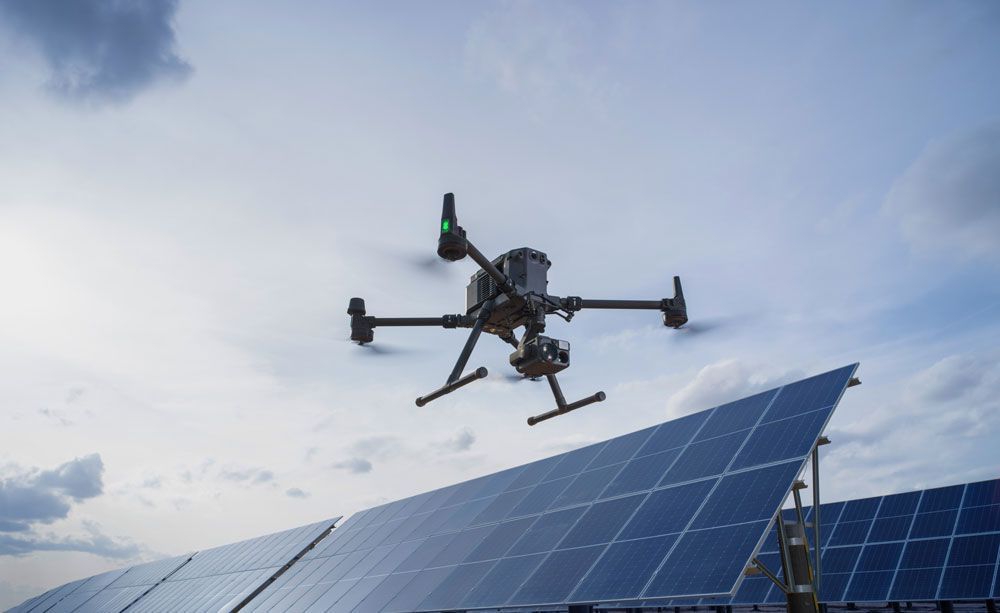
Thermal Imaging Takes Flight
Thermal imaging is a pivotal component of drone-based solar inspections. By leveraging high-resolution thermal cameras, drones can detect temperature variations across solar panels, revealing underlying issues such as defective cells, shading problems, or electrical malfunctions. These thermal scans provide a visual map of the solar array's performance, highlighting anomalies that may not be visible to the naked eye. Consequently, maintenance teams can prioritize repairs and interventions more effectively, focusing on areas that require immediate attention. The integration of thermal imaging with drone technology enables a level of diagnostic precision that enhances overall maintenance strategies. Moreover, the non-invasive nature of drone inspections means that thermal imaging can be conducted without interrupting the solar panels' operation, ensuring continuous energy production. This advanced approach not only detects problems early but also supports proactive maintenance, extending the lifespan and efficiency of solar assets.
From Manual to Automatic Excellence
Transitioning from manual inspections to drone-based methods marks a significant leap in efficiency and effectiveness. Manual inspections typically involve labor-intensive processes, where technicians physically access each solar panel, which can be time-consuming and prone to human error. In contrast, drones automate the inspection process, using pre-programmed flight paths and advanced imaging technology to conduct thorough and consistent assessments. This automation reduces the likelihood of missed defects and ensures a uniform inspection standard across large solar installations. Additionally, drones can swiftly analyze and process data, providing real-time insights into the condition of solar assets. This shift from manual to automatic inspections not only saves time but also enhances the reliability of maintenance operations. By embracing drone technology, solar companies can achieve higher standards of operational excellence, ensuring their solar arrays perform optimally and maintain peak efficiency over time.
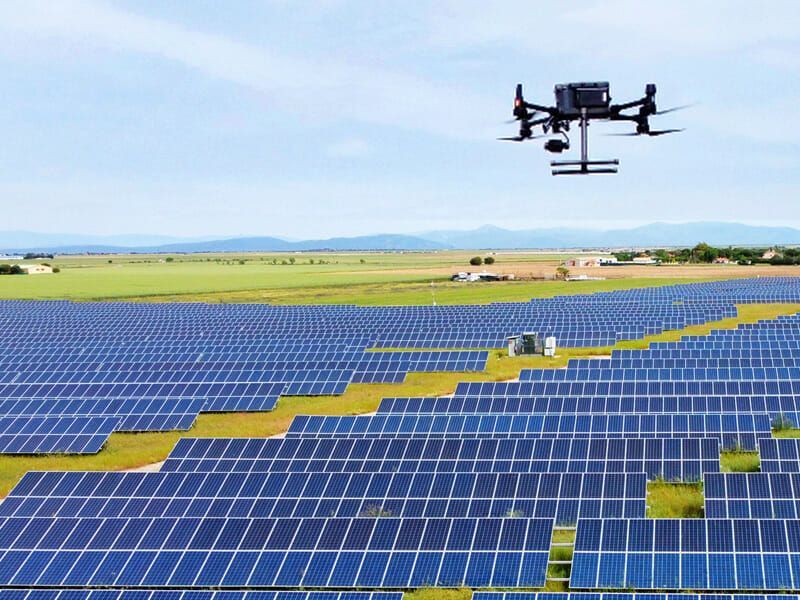
You might also like
Blog Posts

SEND US A MESSAGE
We will get back to you as soon as possible
Please try again later
All Rights Reserved | Solar Shine Australia
